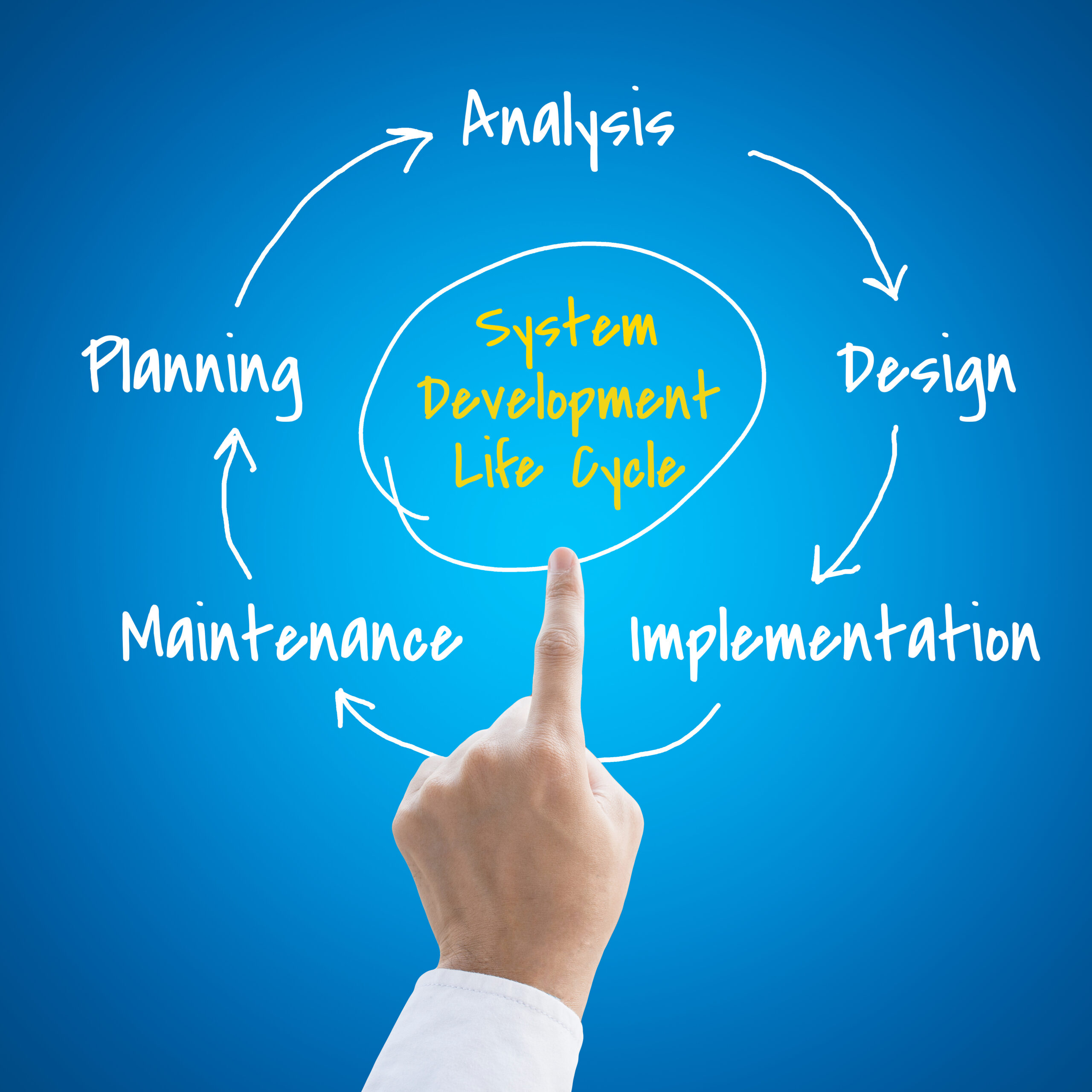Working from home has become increasingly popular in recent years, with many companies offering remote work options to their employees. While working remotely can offer numerous benefits such as increased flexibility and improved work-life balance, it also presents unique challenges when it comes to managing employee performance. In this blog post, we will explore the best practices for both managers and employees when it comes to remote performance management.
Introduction to Remote Performance Management
Remote performance management is a process that involves setting goals, providing feedback, and evaluating an employee’s work output while they are working outside of the traditional office environment. This type of management requires effective communication strategies and a strong commitment to collaboration between managers and employees.

Benefits of Working From Home
One of the biggest advantages of working from home is the ability to create a more flexible schedule. Employees can choose to work during times that suit them best, whether that means starting early or finishing late. Additionally, working from home eliminates the need for long commutes, which can save time and reduce stress levels.
Best Practices for Managers
Managing remote workers requires a different approach than managing those who work in an office setting. Here are some best practices for managers:
1. Set clear expectations – Establish clear guidelines around what needs to be accomplished and by when. Communicate regularly with your team members about project timelines and deadlines.
2. Provide regular feedback – Feedback should not only occur at review time but throughout the year. Schedule check-ins with each team member on a weekly basis to discuss progress and provide constructive criticism if necessary.

3. Use technology effectively – Utilize tools like video conferencing software, instant messaging apps, and project management platforms to stay connected with your team members.
4. Encourage open communication – Foster an atmosphere where team members feel comfortable sharing ideas and concerns. Listen actively and respond promptly to any issues that arise.
5. Trust your team – Give your team members autonomy over how they complete tasks. Micro-managing can lead to decreased productivity and job satisfaction.
Best Practices for Employees
Employees also have a role to play in successful remote performance management. Here are some best practices for employees:
1. Stay organized – Keep track of deadlines and prioritize tasks accordingly. Create a structured routine that allows you to focus on work without distractions.
2. Communicate frequently – Regularly communicate with your manager and colleagues regarding progress made and any obstacles encountered. Be proactive in seeking out information and clarifying instructions.
3. Take breaks – Taking short breaks throughout the day can help prevent burnout and increase productivity. Make sure to take care of yourself physically and mentally.
4. Minimize distractions – Eliminate potential sources of distraction such as social media notifications or household chores. Find ways to minimize interruptions so you can concentrate fully on your work.
Communication Tips for Remote Teams
Effective communication is essential for remote teams. Here are some tips for improving communication:
1. Use multiple channels – Don’t rely solely on email; use various methods such as video calls, chat rooms, and phone conversations to keep everyone informed.
2. Overcommunicate – Err on the side of caution and communicate too much rather than too little. Clear up any ambiguity before moving forward with projects.
3. Clarify objectives – Ensure that everyone understands the purpose behind each task and how it fits into the bigger picture.
4. Build relationships – Take time to get to know your team members beyond just their professional roles. Building personal connections can improve trust and foster stronger collaborative efforts.
Conclusion
In conclusion, remote performance management requires dedication and effort from both managers and employees. By following these best practices, both parties can ensure success and achieve desired results. With the right mindset and communication strategies, remote work can be a rewarding experience for all involved.
Comments are closed